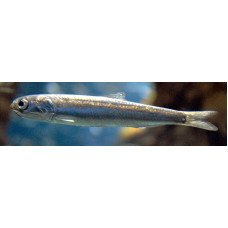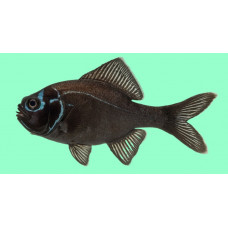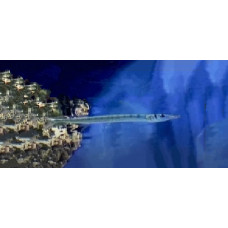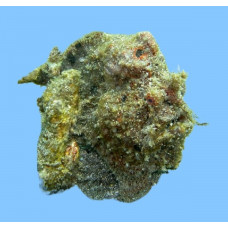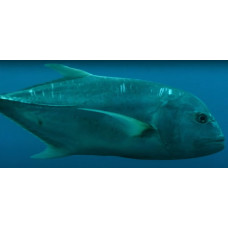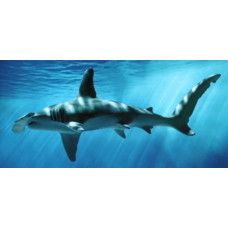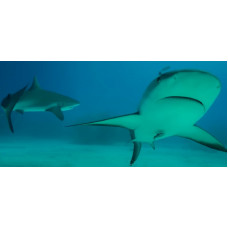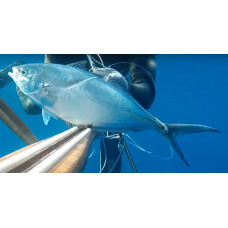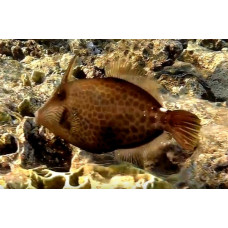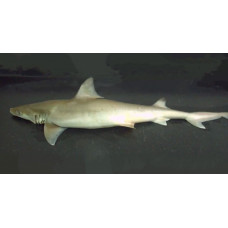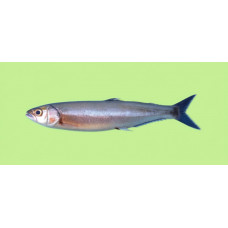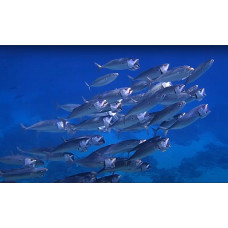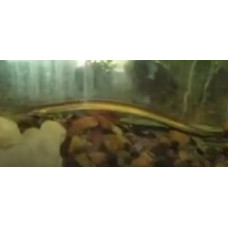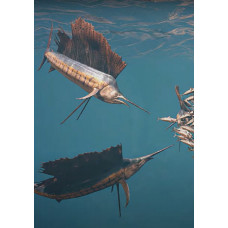Fauna of the Red Sea
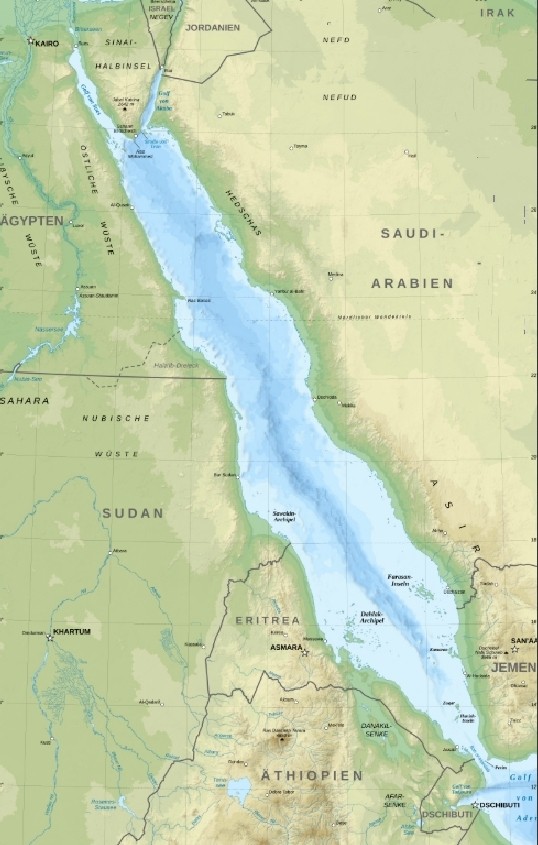 Inland sea of the Indian Ocean, located between the Arabian Peninsula and Africa in a tectonic depression. In the north, the sea is bordered by the Isthmus of Suez, which separates two gulfs: Suez and Aqaba. It is connected to the Mediterranean Sea by the Suez Canal and to the Arabian Sea in the south by the Bab el-Mandeb Strait. It is one of the saltiest seas in the world. It washes the coasts of Asia and Africa: Egypt, Sudan, Djibouti, Eritrea, Saudi Arabia, Yemen, Israel and Jordan. The Red Sea covers an area of 450,000 km², almost 2/3 of which is in the tropical belt. The volume is 251,000 km³. There are no permanent rivers flowing into it, and seasonal tributaries are few and seldom reach the sea. Since rivers usually carry silt and sand, which significantly reduce the transparency of seawater, the water in the Red Sea is crystal clear due to their absence. It is the saltiest sea in the world. In 1 liter of water there are 41 grams of salts. The climate on the coast of almost the entire sea is tropical desert, and only the extreme north belongs to the Mediterranean climate. The air temperature in the coldest period (December - January) is +20 - 25 °C during the day, and in the hottest month - August - exceeds +35 - 40 °C and sometimes even reaches +50 °C.
Inland sea of the Indian Ocean, located between the Arabian Peninsula and Africa in a tectonic depression. In the north, the sea is bordered by the Isthmus of Suez, which separates two gulfs: Suez and Aqaba. It is connected to the Mediterranean Sea by the Suez Canal and to the Arabian Sea in the south by the Bab el-Mandeb Strait. It is one of the saltiest seas in the world. It washes the coasts of Asia and Africa: Egypt, Sudan, Djibouti, Eritrea, Saudi Arabia, Yemen, Israel and Jordan. The Red Sea covers an area of 450,000 km², almost 2/3 of which is in the tropical belt. The volume is 251,000 km³. There are no permanent rivers flowing into it, and seasonal tributaries are few and seldom reach the sea. Since rivers usually carry silt and sand, which significantly reduce the transparency of seawater, the water in the Red Sea is crystal clear due to their absence. It is the saltiest sea in the world. In 1 liter of water there are 41 grams of salts. The climate on the coast of almost the entire sea is tropical desert, and only the extreme north belongs to the Mediterranean climate. The air temperature in the coldest period (December - January) is +20 - 25 °C during the day, and in the hottest month - August - exceeds +35 - 40 °C and sometimes even reaches +50 °C.
Common Fishes of the Red Sea
The Red Sea is unsurpassed in the northern hemisphere for the quality and diversity of its marine life. The magnificent beauty of the coral reefs is a kind of life center that attracts a variety of fish. Among them you can see bright and colorful Black surgeonfish, Shortjaw bonefish, Flashlight fish, Freckled frogfish, Ring-tailed cardinalfish, Orange-lined triggerfish, Flat needlefish, Chestnut eyelash-blenny, Blackline fangblenny, Lunar fusilier, Delicate dragonet, Peppered butterflyfish, Coral hawkfish, Spot-fin porcupinefish, Birdbeak burrfish, Concertina fish, Teira batfish, Two-striped sweetlips, Doubletooth soldierfish, Barred flagtail, Honeycomb filefish, Red Sea goatfish, Camel cowfish, Vanikoro sweeper, Bluefin dwarf, Blackspot sergeant, Paeony bulleye, Chocolate hind, Dusky spinefoot and many more. On the bottom of the sea live such fish as Indo-Pacific oval flounder, Indopacific Tropical Sand Goby, Longtail butterfly ray, Indian pike conger, Whitespotted moray, Broad-banded pipefish, Common seahorse, Triplecross lizardfish. In the water column the most common pellagic species are Red Sea houndfish, Pompano dolphinfish, Black wing flyingfish, Indo-Pacific sailfish, Yellowstripe barracuda, Swordfish.
Commercial Fish Species in the Red Sea
The waters of the Red Sea are home to over 1200 species of fish. Sea fishing is less active in the summer, with most of the larger fish biting less actively than in other seasons. The waters of this sea are teeming with fish that attract anglers from all over the world. However, only a few species are of commercial importance. These are Rainbow sardine, Slender rainbow sardine, Indian anchovy, European anchovy, Herring scad, Mackerel scad, Blacktip trevally, Indian mackerel, Yellowfin tuna, Pacific bluefin tuna, Keeled mullet from the bottom fish - Dotted grouper, Striped grouper, Oblique-banded grouper, Comber, Yellowfin seabream, Striped seabream, Deep flounder, Japanese threadfin bream, Notchedfin threadfin bream, Indo-Pacific tropical sand goby. Mahi-mahi, Black marlin, Striped marlin, Giant trevally, Greater amberjack, Wahoo are considered special luck. But amateur fishermen should always remember that not all fish in the Red Sea are suitable for consumption.
Mammals of the Red Sea
In the waters of this sea there are about 7 species of mammals represented mainly by dolphins such as: Common bottlenose dolphin, Pantropical spotted dolphin, Striped dolphin, Spinner dolphin. The most common are Orca. Besides dolphins, you can also see whales, especially Bryde's whales and Blue whales. They do not come here for a good life, but because as a result of human activity, the amount of resources in the Indian Ocean has decreased significantly and the sea giants have to migrate in search of food. Five species of sea turtles can be found in the Red Sea: Green Turtle, Hawksbill Turtle, Loggerhead Turtle, Olive Ridley Turtle and Leatherback Turtle.
Red Sea Sharks
The Red Sea offers ideal and favorable conditions for shark life. It is warm water, rich in nutrients, a variety of fish and corals. There are about 40 species of sharks, and this is not a complete list, although not all species are widespread. Among the bathydemersal sharks of this sea can be noted: Sharpnose Sevengill Shark, Bigeye Houndshark and Starspotted Smoothhound. Benthopelagic representatives are: Milk shark, Sliteye shark, Snaggletooth shark, Arabian smooth-hound. Pelagic species include: Common thresher, Hooktooth shark, Whale shark. Reef associated sharks are the most abundant in the water: Pelagic thresher, Silvertip shark, Bignose shark, Grey reef shark, Spinner shark, Silky shark, Bull shark, Blacktip shark, Oceanic whitetip shark, Blacktip reef shark, Dusky shark, Sandbar shark, Spottail shark, Tiger shark, Sicklefin lemon shark, Whitetip reef shark, Tawny nurse shark, Shortfin mako, Sand tiger shark, Scalloped hammerhead, Great hammerhead, Smooth hammerhead и Zebra shark.
Dangerous Inhabitants of the Red Sea
It is not only sharks that pose a danger to people in the sea, there are also other formidable inhabitants. It is better to stay away from Surgeonfish (Regal Tang), Stingrays (Bluespotted Stingray), Lionfish (Red Lionfish), Pufferfish (Stellate Pufferfish) and some species of Jellyfish (Portuguese Man o' War). It is not uncommon for tourists to get injured on coral reefs. Contact with fire coral can result in long, non-healing wounds, and touching its branches on open areas of skin can result in severe burns. Live here mollusks textile cone and geography cone from the poison of which every year on Earth die several dozen people. In the Red Sea live quite a lot of the only known poisonous sea stars on the planet - crown-of-thorns starfish and sea urchins Asthenosoma varium, on which the ends of short red needles are covered with tiny white bubbles filled with poison. When bitten, moray eels can hang on to the victim with a dead grip, causing lacerations with their sharp teeth, so do not hang directly above them when swimming and be aware.
European Anchovy
Latin nameEngraulis encrasicolusOther namesEngraulis encrasicolusIdentificationBody elongated, low, ..
Flashlight fish
Latin namePhotoblepharon steinitziOther namePhotoblepharon steinitziIdentificationThe flashlight fis..
Flat needlefish
Latin nameAblennes hiansOther nameBarred longtomIdentificationThe body of the flat needlefish is elo..
Freckled frogfish
Latin nameAbantennarius drombusOther nameHawaiian freckled frogfishIdentificationAbantennarius throm..
Giant trevally
Latin nameCaranx ignobilisOther namesLowly trevally, barrier trevally, ronin jack, giant kingfish, u..
Great hammerhead
Latin nameSphyrna mokarranOther namesSphyrna mokarranIdentificationThey have a characteristic spindl..
Grey reef shark
Latin nameCarcharhinus amblyrhynchosOther namesGray reef sharkIdentificationThe body of the fish is ..
Herring scad
Latin nameAlepes variOther namesDuskyfin crevalle, trevally scad.IdentificationHave a body profile v..
Honeycomb filefish
Latin nameCantherhines pardalisOther nameHoneycomb leatherjacket, and wire-netting filefish.Identifi..
Hooktooth shark
Latin nameChaenogaleus macrostomaOther nameChaenogaleus macrostomaIdentificationThe hooktooth shark ..
Indian anchovy
Latin nameStolephorus indicusOther nameHardenberg's anchovy, kapsali, verli, kollathar, mandeli.Iden..
Indian mackerel
Latin nameRastrelliger kanagurtaOther namesRastrelliger kanagurtaIdentificationBody elongated, spind..
Indian pike conger
Latin nameCongresox talabonoidesOther nameCommon eel, conger-pike eel, daggertooth pike-conger or In..
Indo-Pacific oval flounder
Latin nameBothus myriasterOther nameBothus myriasterIdentificationThe body of the Indo-Pacific oval ..
Indo-Pacific sailfish
Latin nameIstiophorus platypterusOther namesBayonet Fish, Bayonet-fish, Pacific Sailfish.Identificat..

